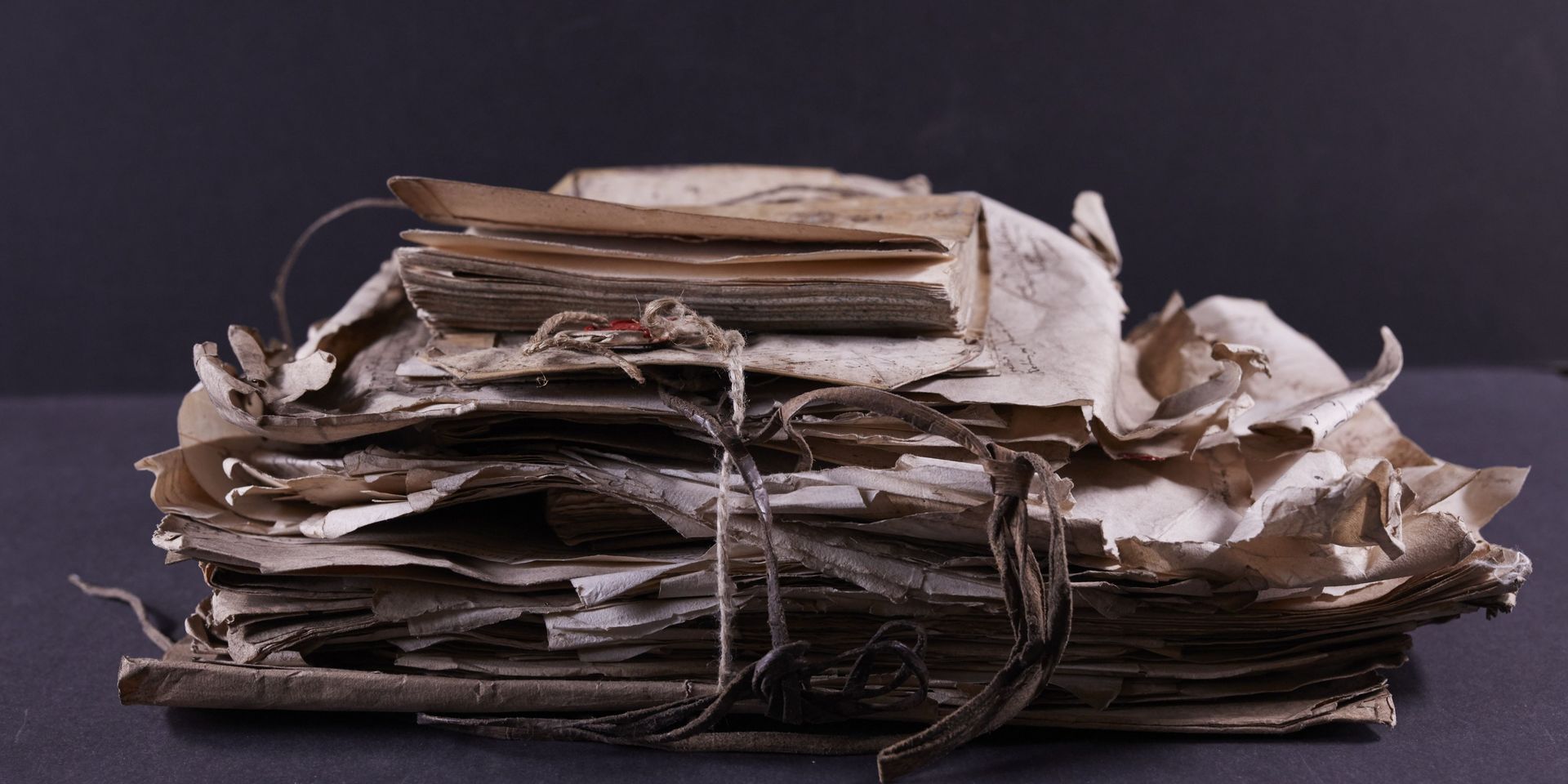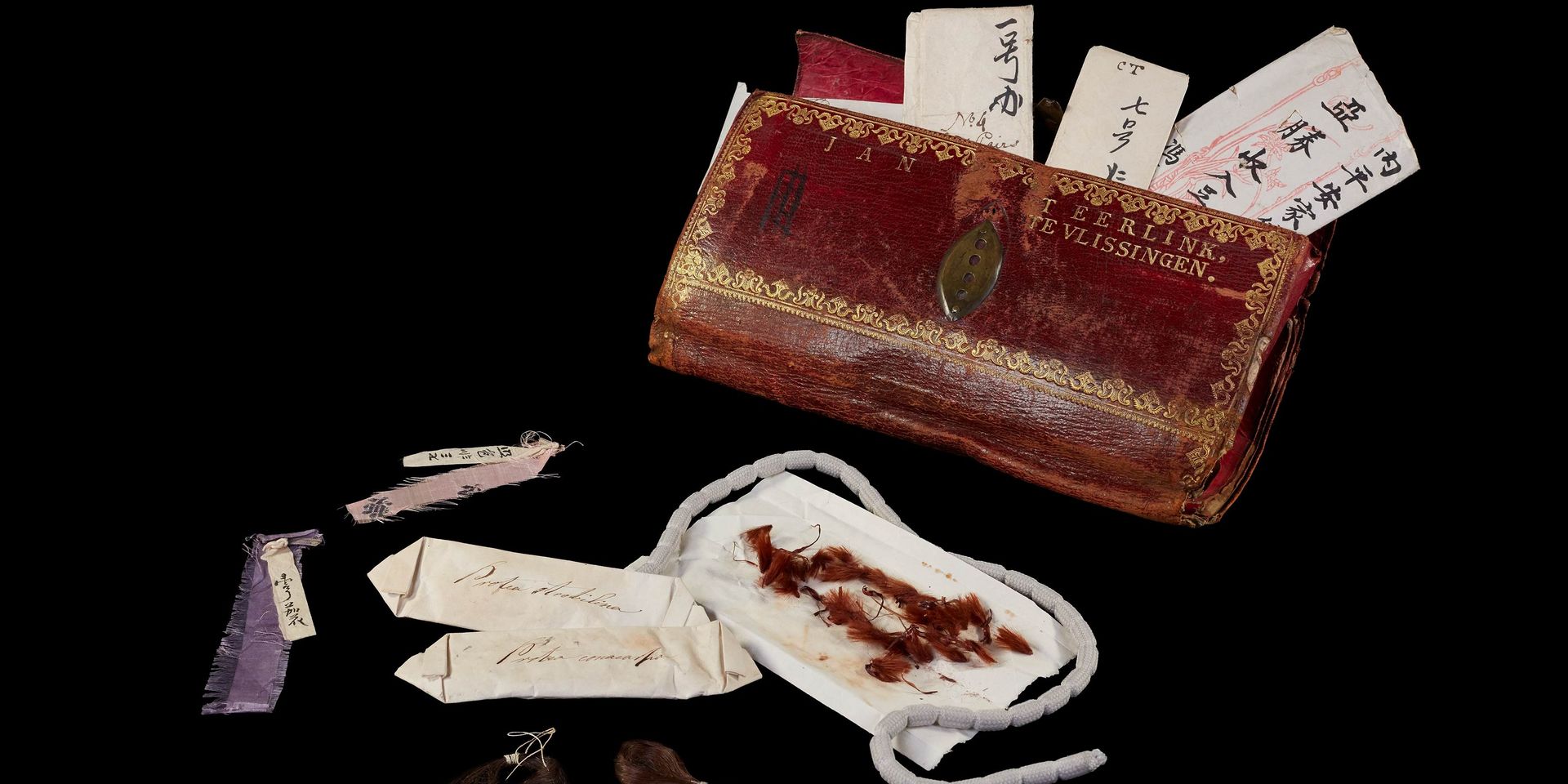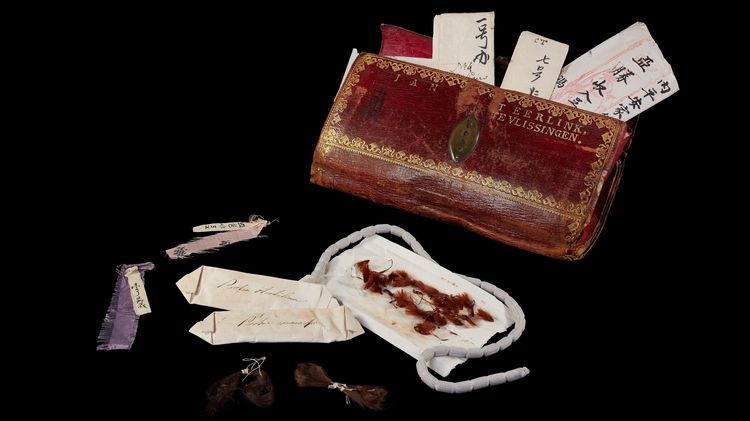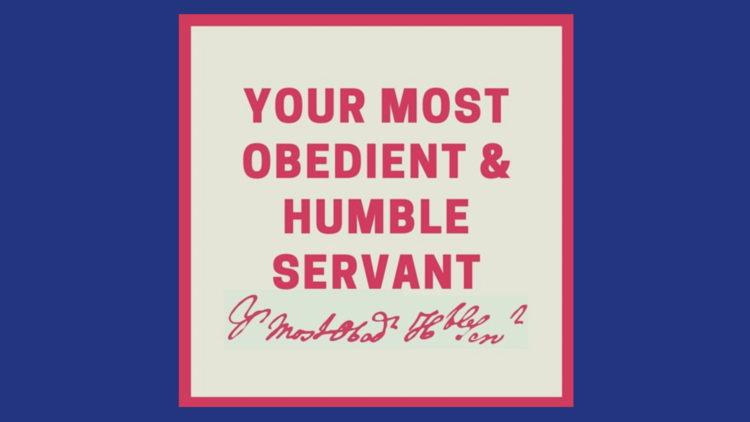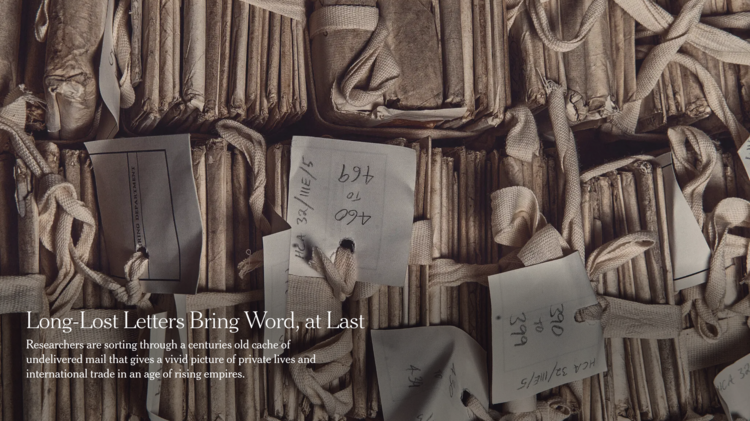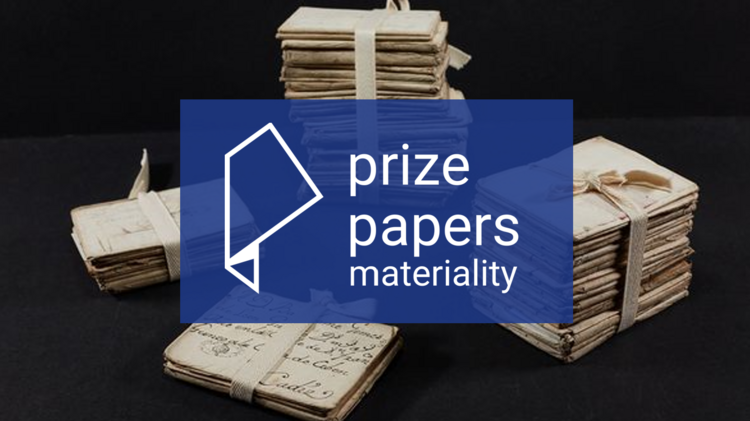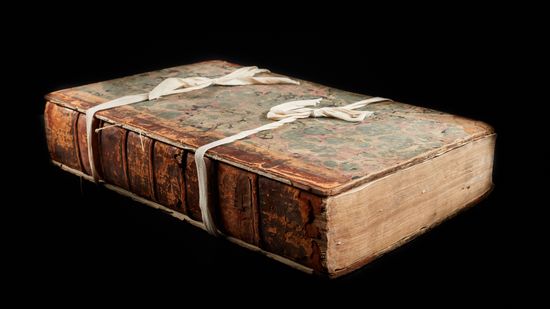The Prize Papers
Thousands of records documenting daily lives around the globe in the time of the European Expansion, Colonialism, and Resistance
The aim of the German-British Prize Papers Project is the complete digitization and sorting of the Prize Papers including the preservation of the collection’s material, the initial and in-depth cataloguing, the creation of research-oriented metadata and finally the presentation of the digital copies and the metadata in an open access research database. The portal development reflects our continuous engagement with developments in the field of Digital Humanities. We also pursue various research projects, and we cooperate with numerous international researchers and research institutions working on the Prize Papers and in project-related areas.
The Prize Papers Project is part of the Göttingen Academy of Sciences and Humanities in Lower Saxony, Germany. It is based at the Carl von Ossietzky University of Oldenburg, Germany, and The National Archives, UK. The project co-operates closely with the German Historical Institute London (GHIL), as well as the VZG (the headquarters of the Common Library Network) in Göttingen, who provide their IT expertise.
As of 2018, the project has been part of the Academies Programme of the Union of the German Academies of Sciences and Humanities. Thus, it is funded by the German state and the federal state of Lower Saxony, with a prospective funding period from 2018 to 2037.
News
Exhibition: The Prize Papers in 10 Photographs
Podcast: A Rumor That You Abandoned Me
The New York Times reports on the Prize Papers Project
Visit by the Minister of Science and Culture
Prize Papers Portal Launch
The Team

The members of the international Prize Papers team are based in Oldenburg, London and Göttingen. In addition, we have associated researchers who support us with their work. Meet the different teams on the linked pages.



